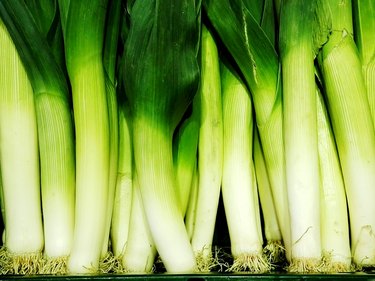Chefs have promoted "nose to tail" cooking for years, the idea that no part of an animal should go to waste. The same ethos also applies to vegetables, but vegetables have another trick up their sleeve: Aside from finding ways to cook the roots or trimmings, you can also use them to grow more usable food. It's a simple way to stretch your food budget, and scratch that gardening itch even in the most limited spaces.
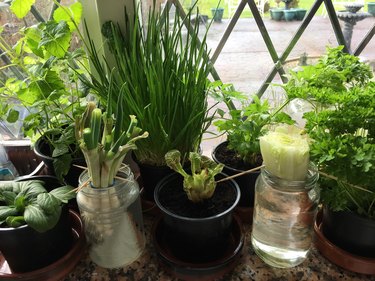
Video of the Day
1. Celery
The root end of your bunch of celery isn't necessarily finished growing new stalks, it was just inconveniently slowed down by that whole harvesting process. If you drop the root end of the bunch into a glass or shallow bowl with a bit of water, it will resume growing leaves from the center of its crown in just a few days. Keep the water shallow, change it often and give the celery plenty of indirect light. Use the leaves and baby stalks as a flavorful ingredient in soups or salads, or pot the base in soil once it's well established and let the stalks grow to something nearer their full size.
Video of the Day

2. Green Onions, or Scallions
Green onions, or scallions as they're sometimes called, are one of the simplest of all kitchen "scraps" to regrow. Just save an inch or so of the root ends, and place them in a glass or a small bowl with some water. You'll see leaves growing from the center in as little as a day or two, and they'll reach usable size in 10 to 14 days. If you change the water frequently to prevent mold or algae buildup, you can harvest the greens for months before the onion begins to lose vigor and flavor. At that point, you can pot it in soil or just start over with new onions.
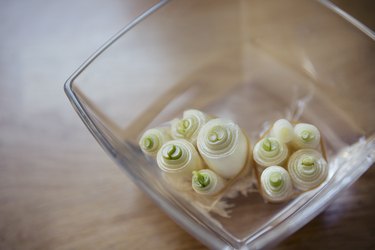
3. Lettuce
The central core of your lettuce is where new leaves are generated, so as long as you don't chop it up you can use it to grow new leaves. Some lettuces are even sold live with the roots still attached, but you don't really need them. Take the core and place it root side down in a shallow bowl of water, then put it in a spot where it gets plenty of indirect light and a few hours of direct sun each day. The leaves will regrow to "baby lettuce" size in a month or so. As you harvest the outer leaves, new ones will continue to grow from the middle.
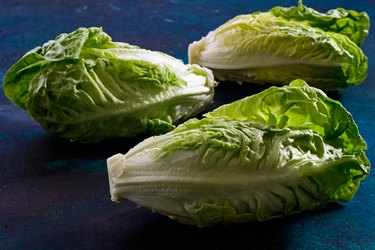
4. Bok Choy
Bok choy (or pak choi) is a member of the same family as cabbages. Like most of its kin, it keeps pushing up new leaves from the middle of its root crown. After you've cut off the leaves from the crown to make your favorite stir-fry, put the root end in a shallow bowl with just a quarter-inch or so of water, and put it in the windowsill. Within days you'll see new leaves coming, and they'll be ready to harvest as baby greens after 3 to 4 weeks. To regrow full-sized leaves, transplant the bok choy to a pot once it's well established.
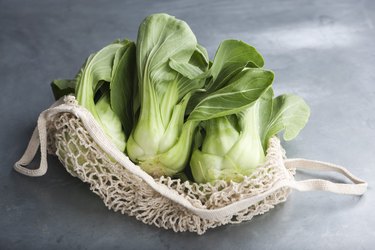
5. Cilantro
Cilantro is one of the most perishable fresh herbs, sometimes only lasting a few days in the fridge before it starts to soften. Keeping the delicate stems in a glass or a jar with water will help them last long, and it also provides an opportunity for them to keep growing and producing new leaves. The stems will eventually produce roots and new leaves, even after heavy harvesting, so don't throw them out. Some ethnic grocery stores sell cilantro as a whole plant, roots and all, but — while it's certainly useful — you don't need the roots for this to work.
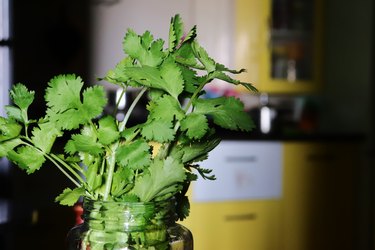
6. Garlic
Good garlic can be hard to find during the last couple of months before the year's new crop comes in. The older cloves tend to sprout, which takes away from their fresh flavor. One way to fix that, and get the garlic taste you love in your dishes, is to separate the cloves and put them in a glass of water to regrow. They won't produce a full bulb, as they will if planted in the soil, but you can snip the greens and use them as "garlic chives" to lend a fresh, mild, garlic flavor to any dish.
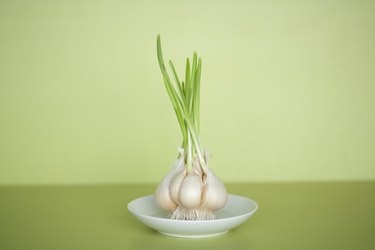
7. Carrot Tops
The carrot's distinctive orange root isn't the only part that's edible. Its greens make a tasty addition to soups and salads, or a fine garnish for other dishes, with a flavor that's very carroty with an added hint of "green-ness." You can regrow the greens, if not the carrot itself, by placing the stem end of your carrots in a shallow bowl of water. The greens will begin regrowing right from day one, and will be ready to harvest in just a few weeks.
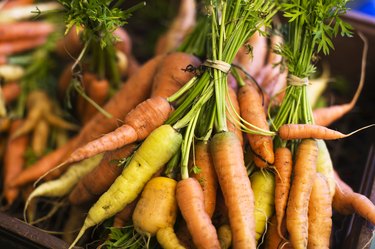
8. Basil
Basil is another short-lived herb that can lead an extended life in your kitchen if you give it a home in a glass or jar filled with water. The leaves will stay healthy for an indefinite time as long as you give them plenty of sun and change the water regularly. They'll also push out tender, flavorful new growth for months, as long as you're careful to pinch off the flower heads as soon as they appear. If you let the basil go to seed, thosee stems will lose vigor and need to be replaced.
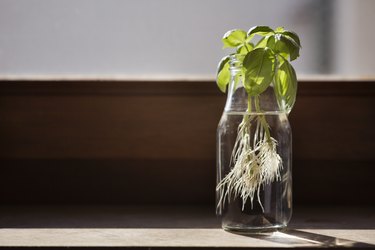
9. Lemongrass
Lemongrass is one of those tricky ingredients: Unless you cook Southeast Asian food regularly, you probably won't use the whole stem while it's fresh. The answer is to stick the root end into a glass of water, because the lemongrass will cheerfully regrow as long as you give it plenty of sunlight. This may actually be the best way to grow it if you live in a small space, because it's pretty invasive when planted in the garden. Once it has regrown to a usable size, you can harvest it and start it yet again from the root.
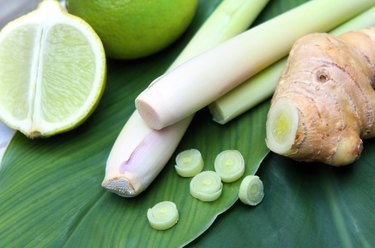
10. Beets
As with carrots and other root vegetables, the root of the beet is a storehouse designed to fuel leaf growth. If you put the cut-off top of a beet into a shallow bowl of water, it will continue to grow leaves for as long as it has any stores of carbohydrates to draw from. That means you'll be able to harvest baby greens from the beet top for an extended period, perhaps months, before it finally runs out of oomph. The same trick works with turnips, if you're partial to turnip greens, as well as daikon and other radishes.
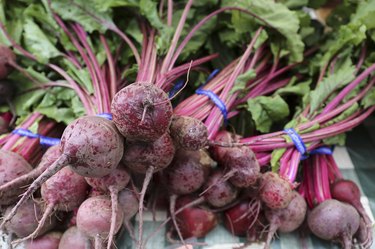
11. Leeks
Leeks are an oversized cousin to green onions, so it's unsurprising that they're equally easy to regrow in water. They're arguably more rewarding, too...they take longer, but leeks usually command a higher price at the supermarket so there's more incentive to grow your own. Just save the root end the next time you cook leeks, and put them in a glass or jar with some water. Greens will start regrowing immediately and you can use them while they're young and tender, or you can transplant to soil to grow a whole new leek. You need to mound soil around it to "blanch" it in order to get the white part white, so plant deep in the pot and add soil as it grows.
